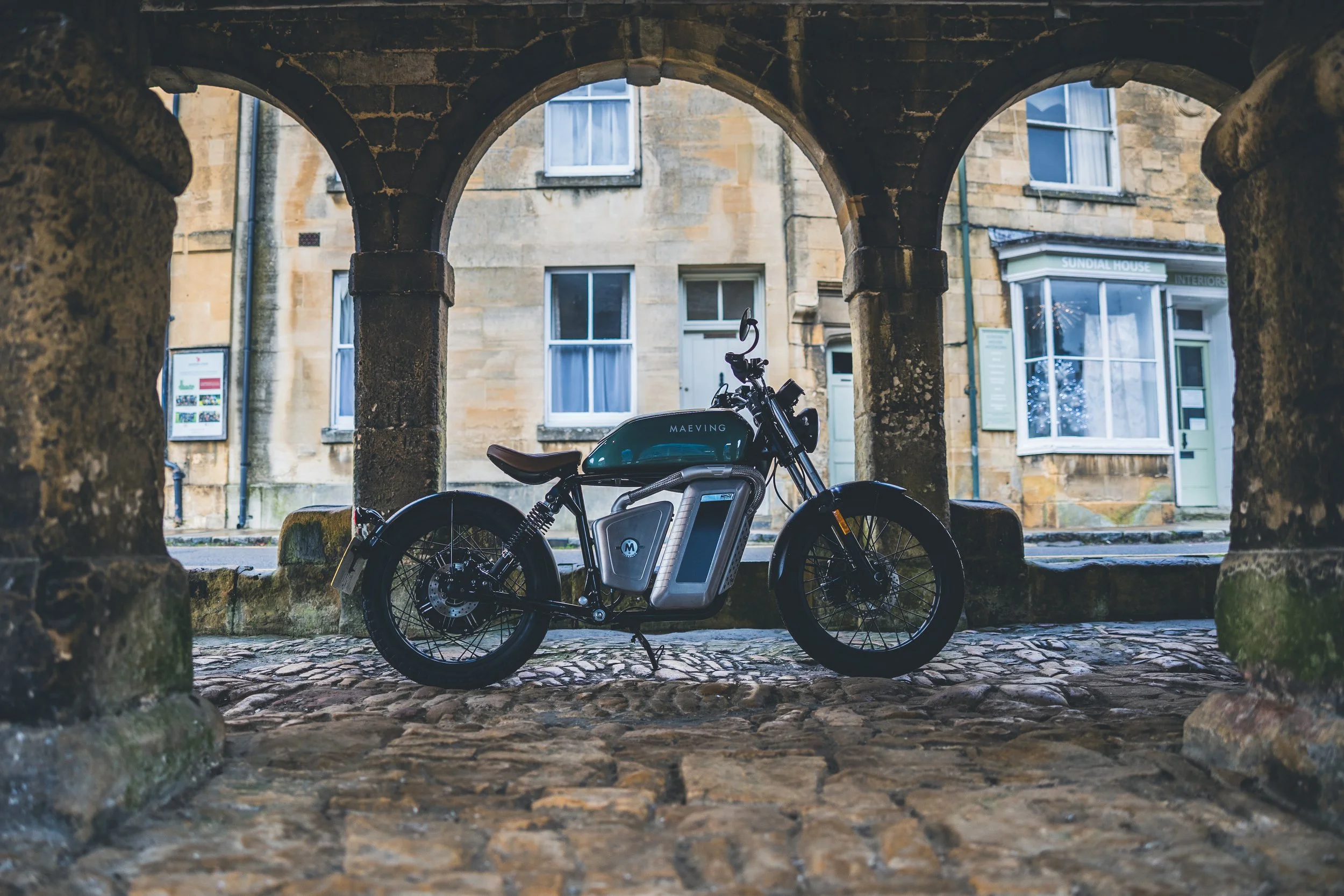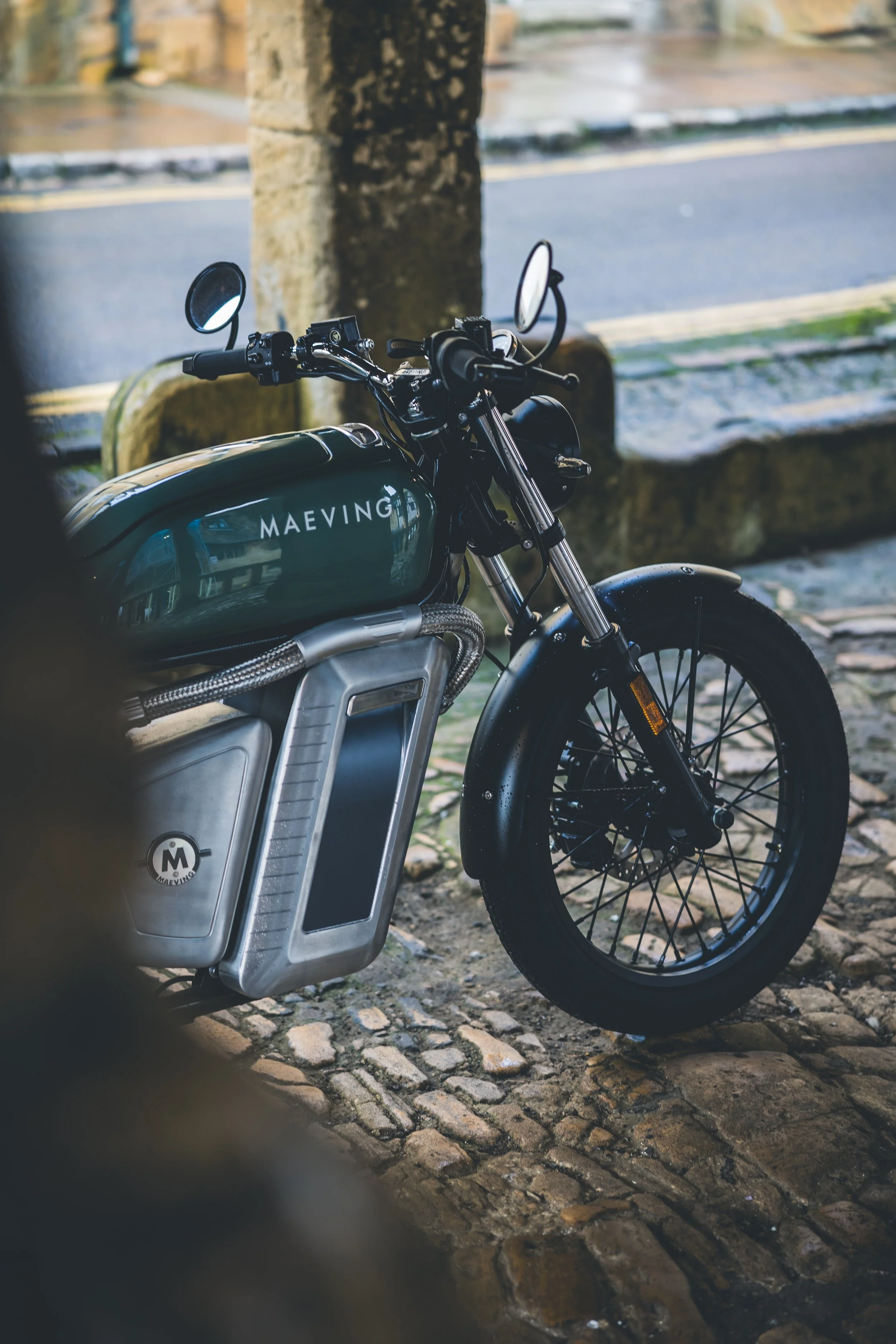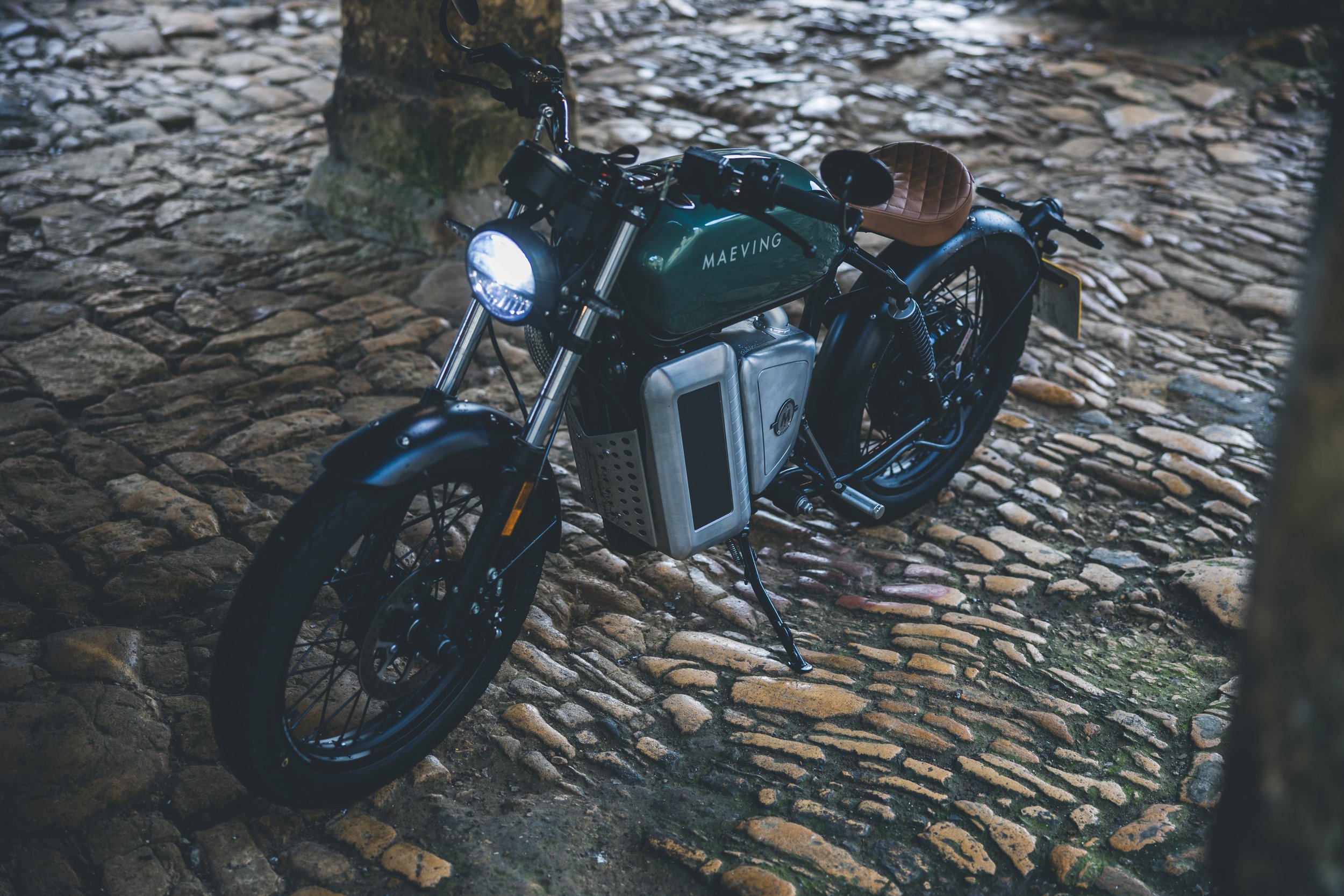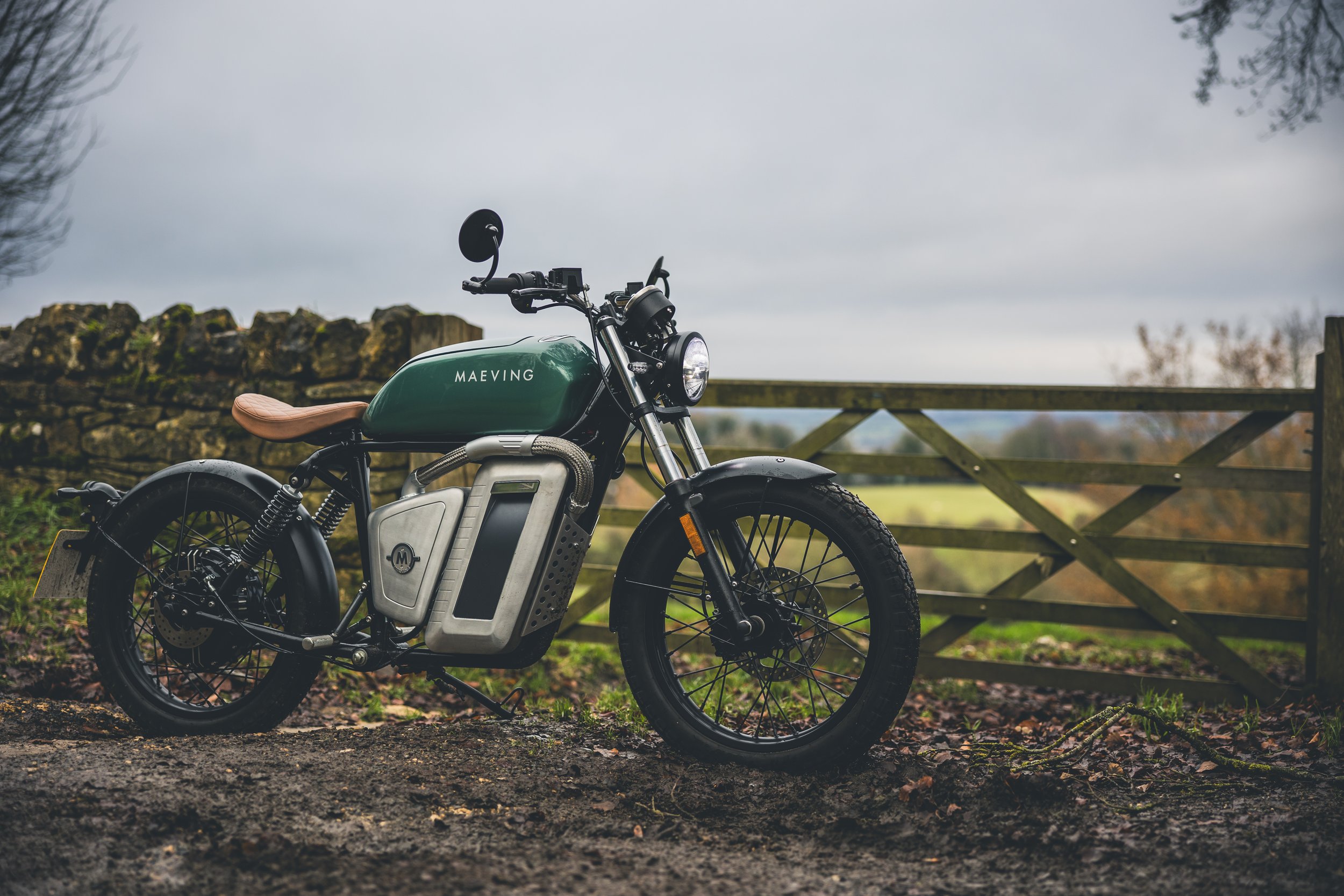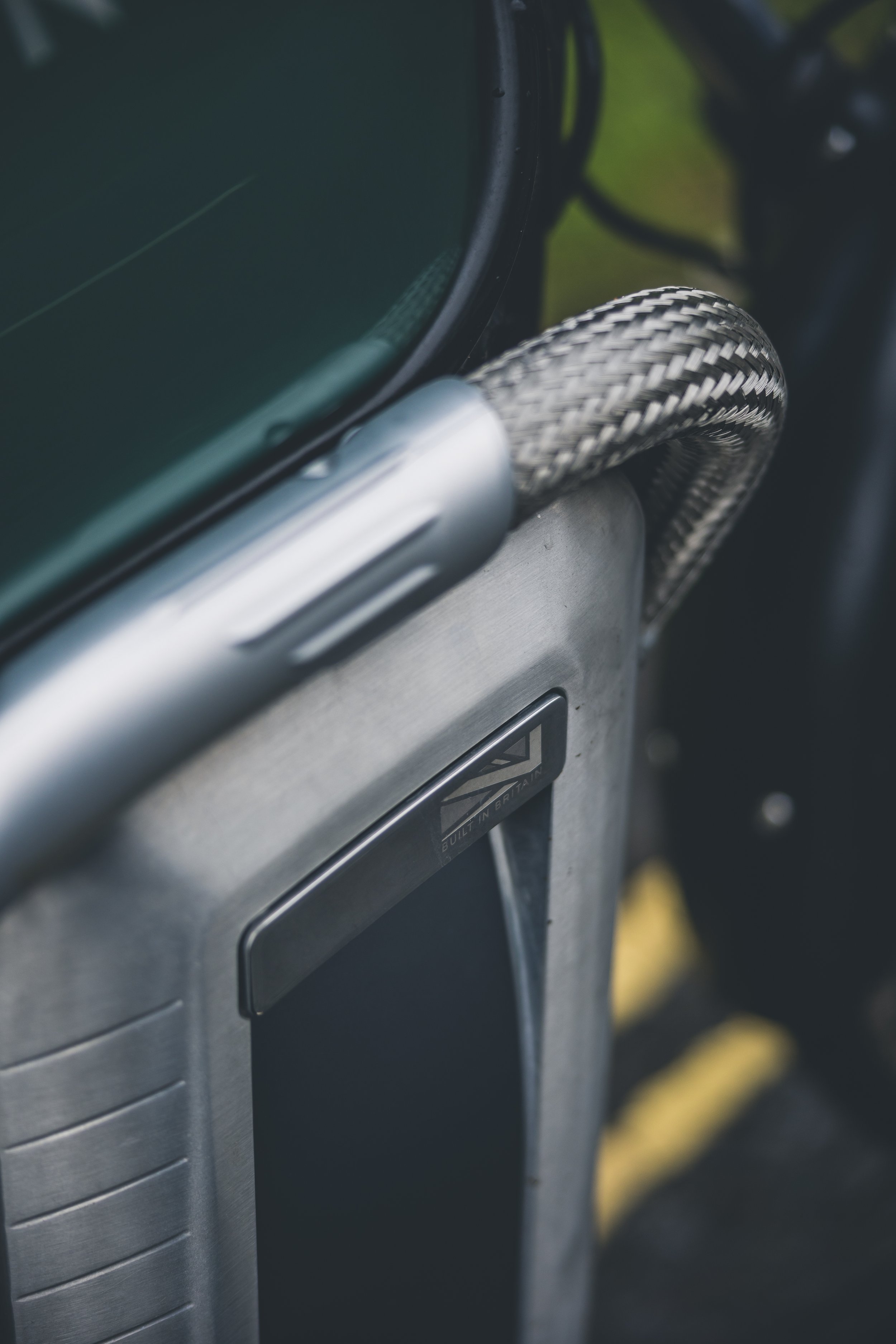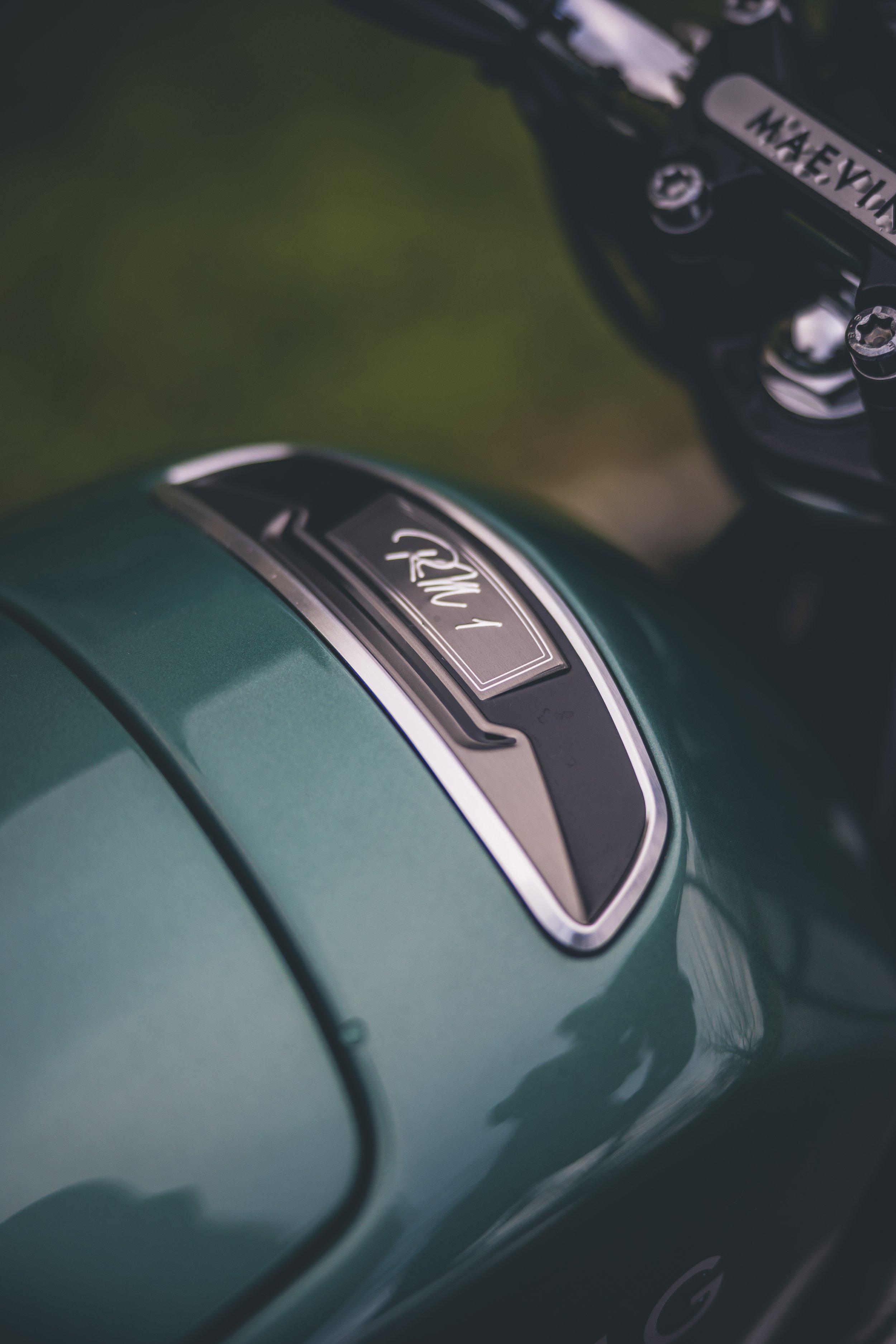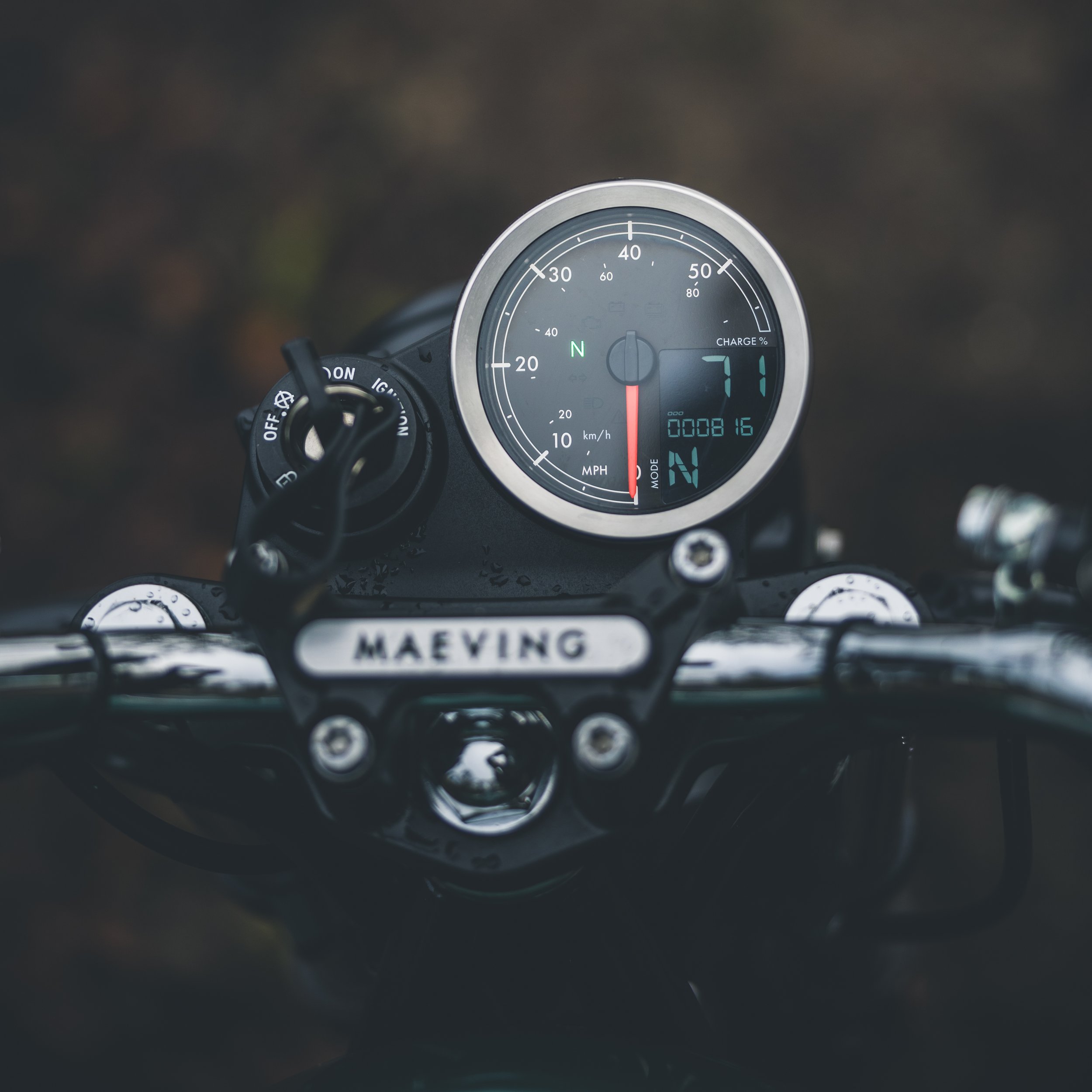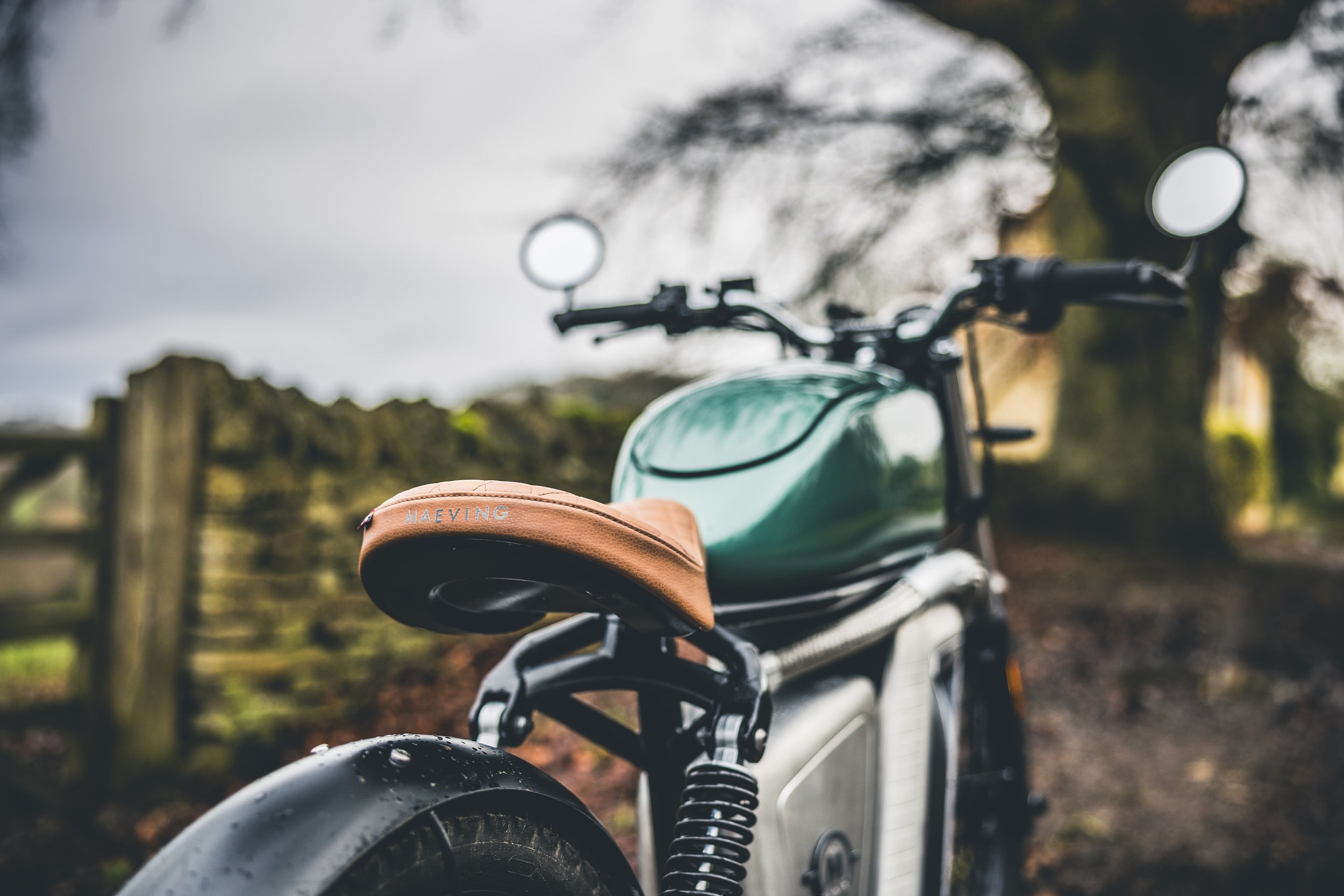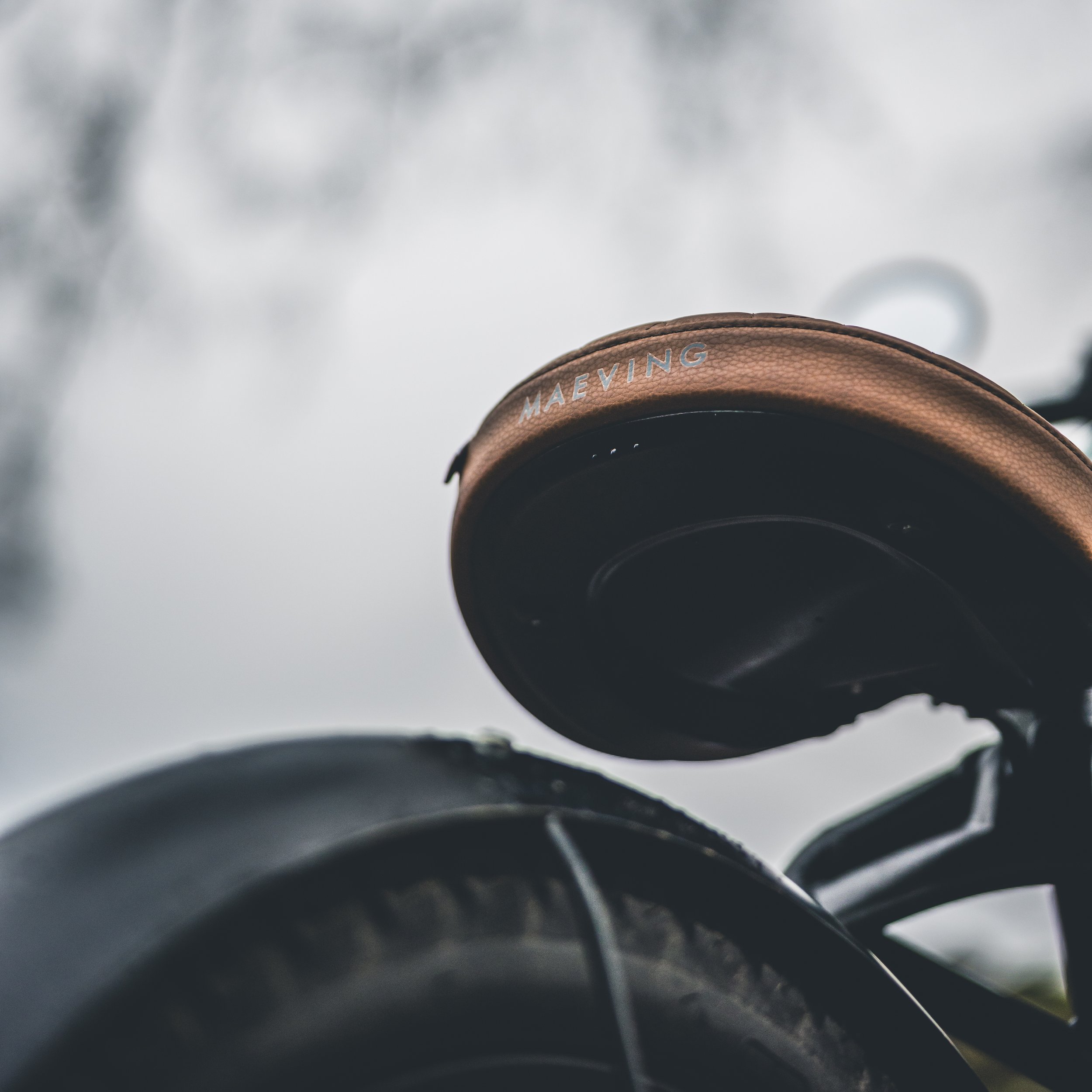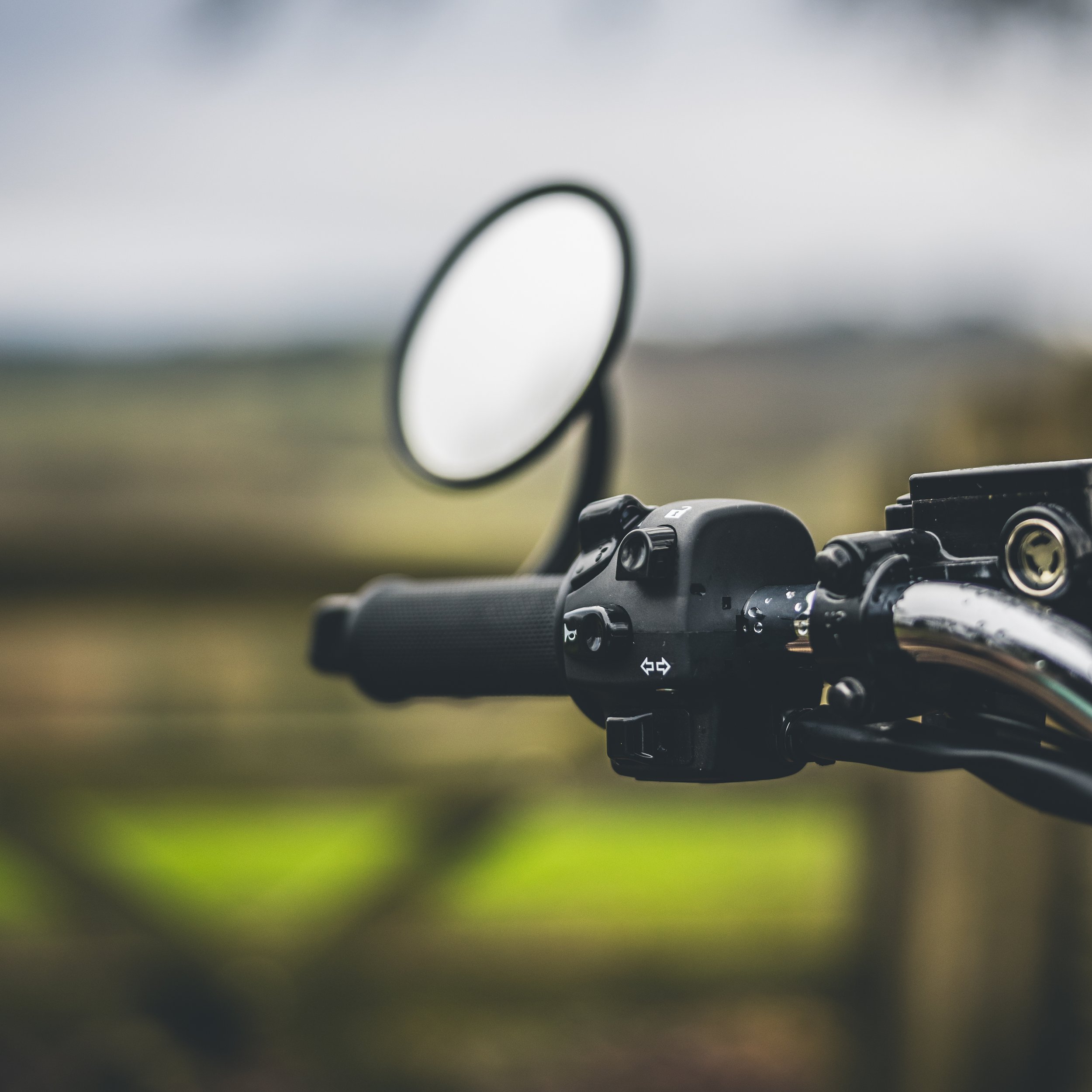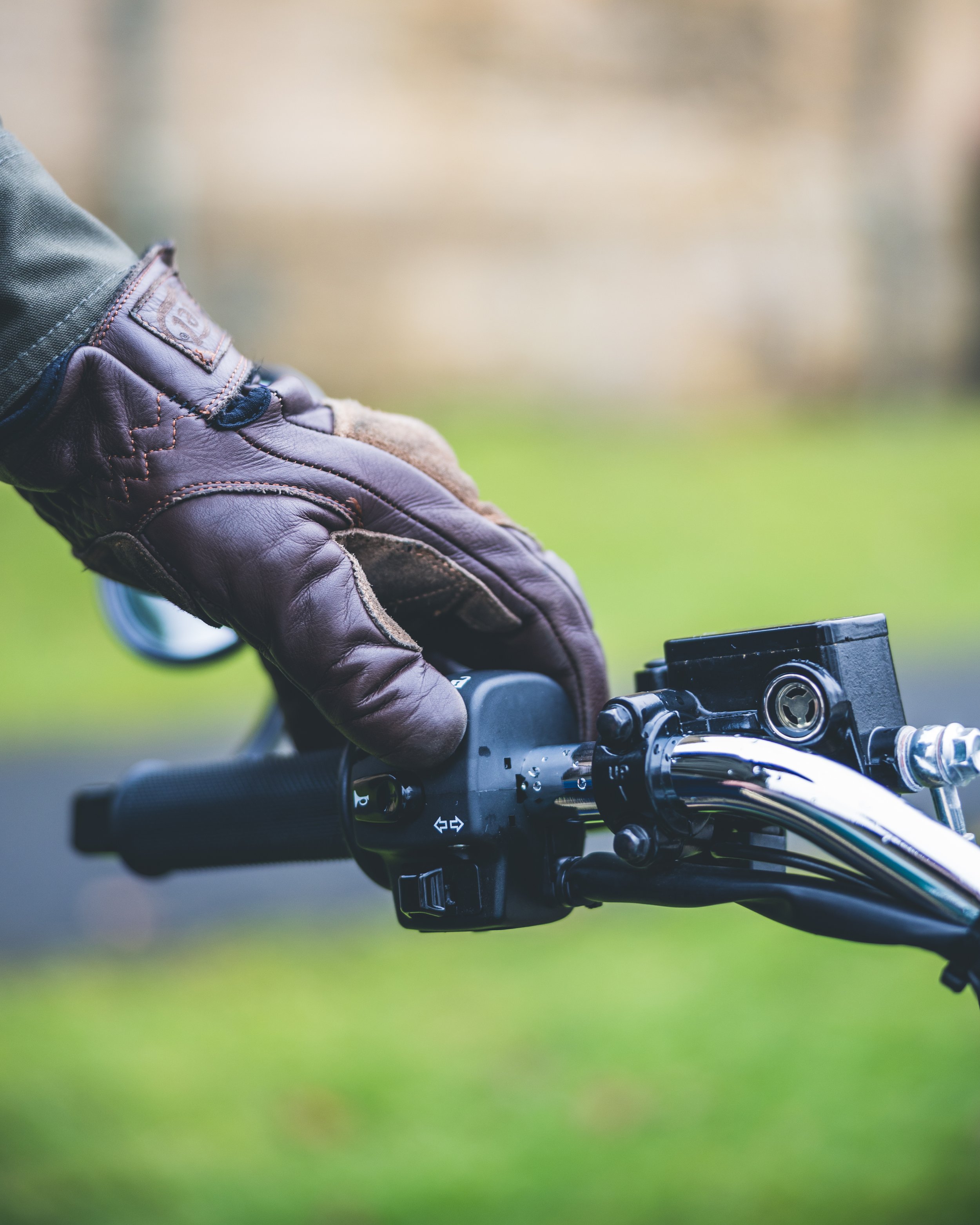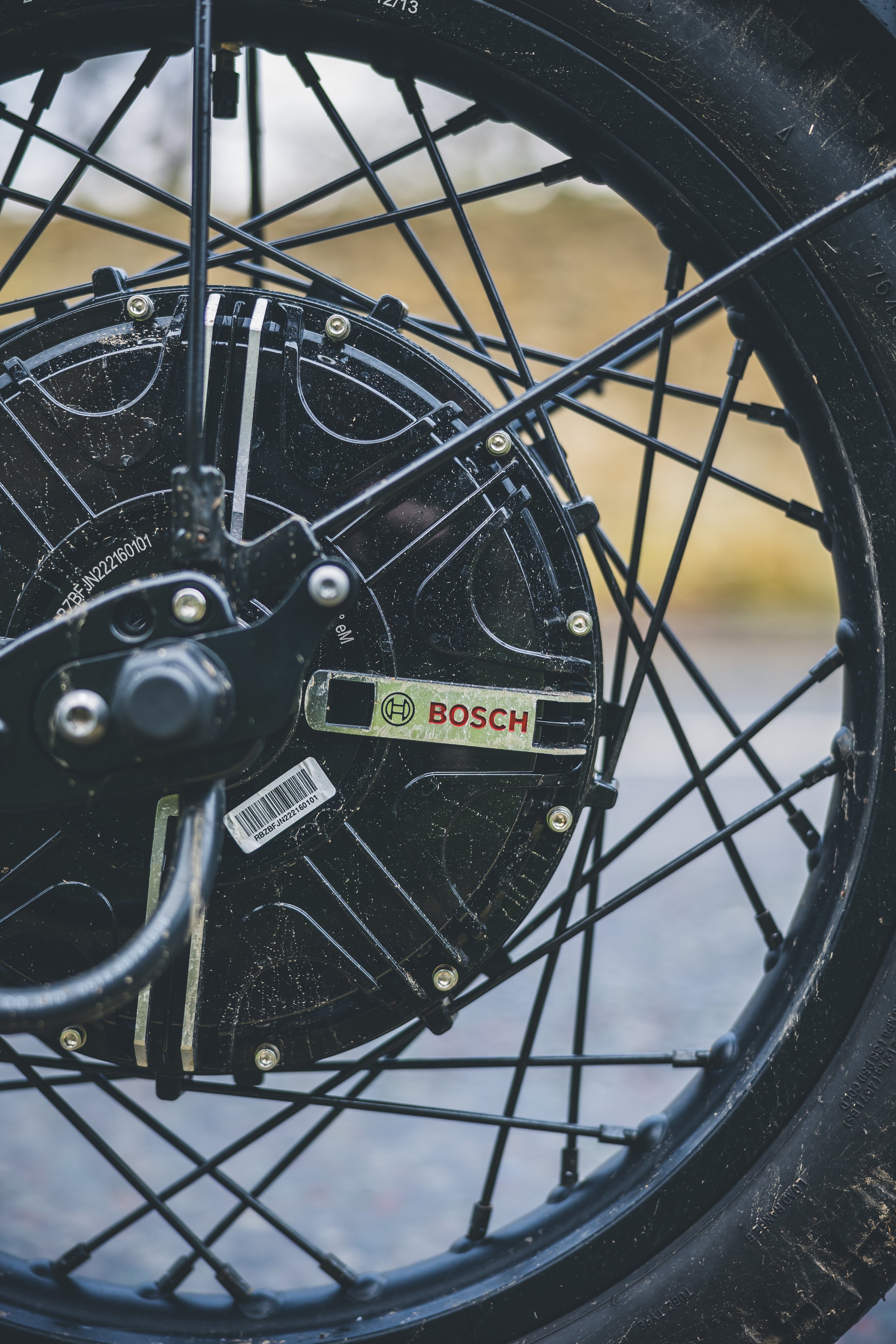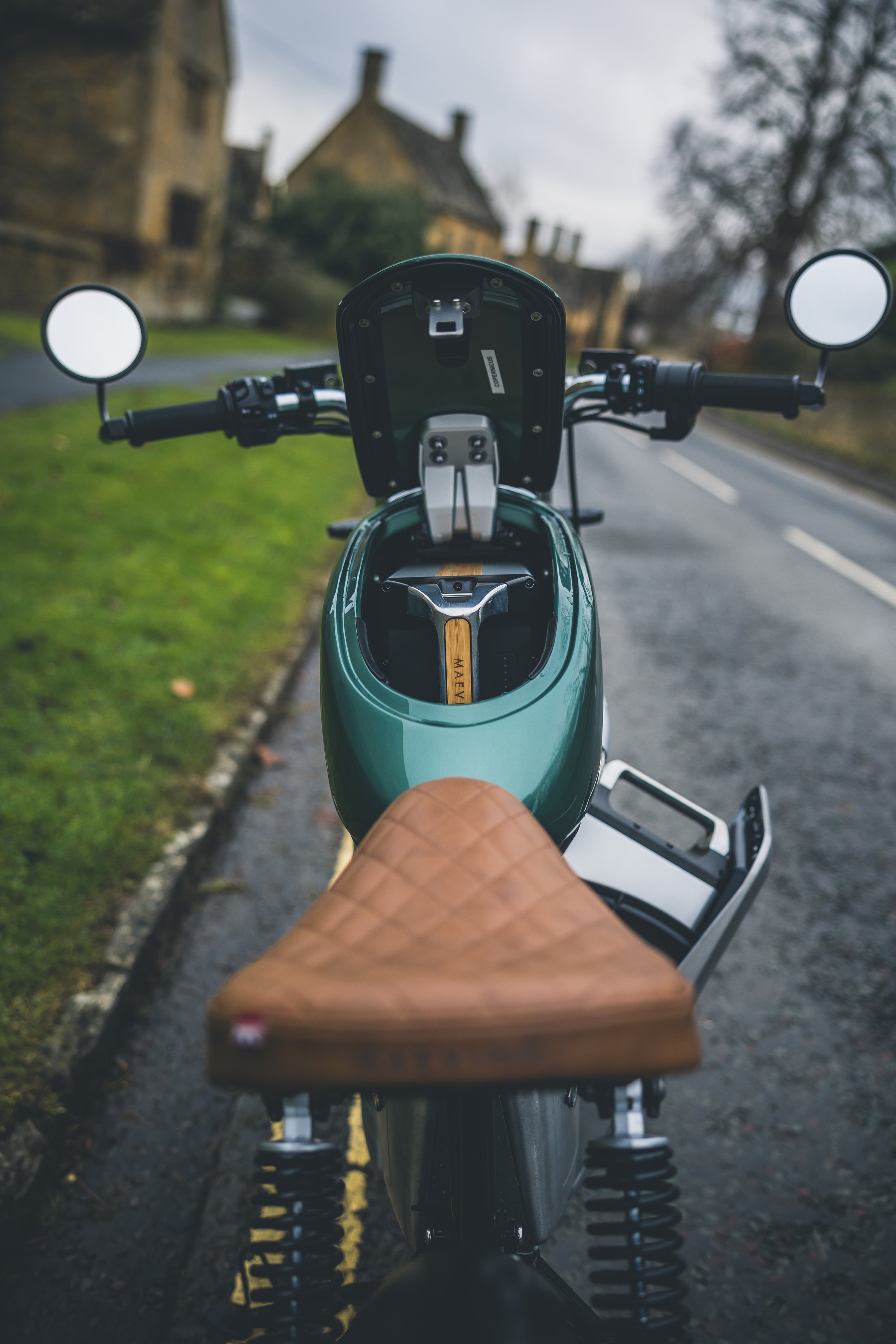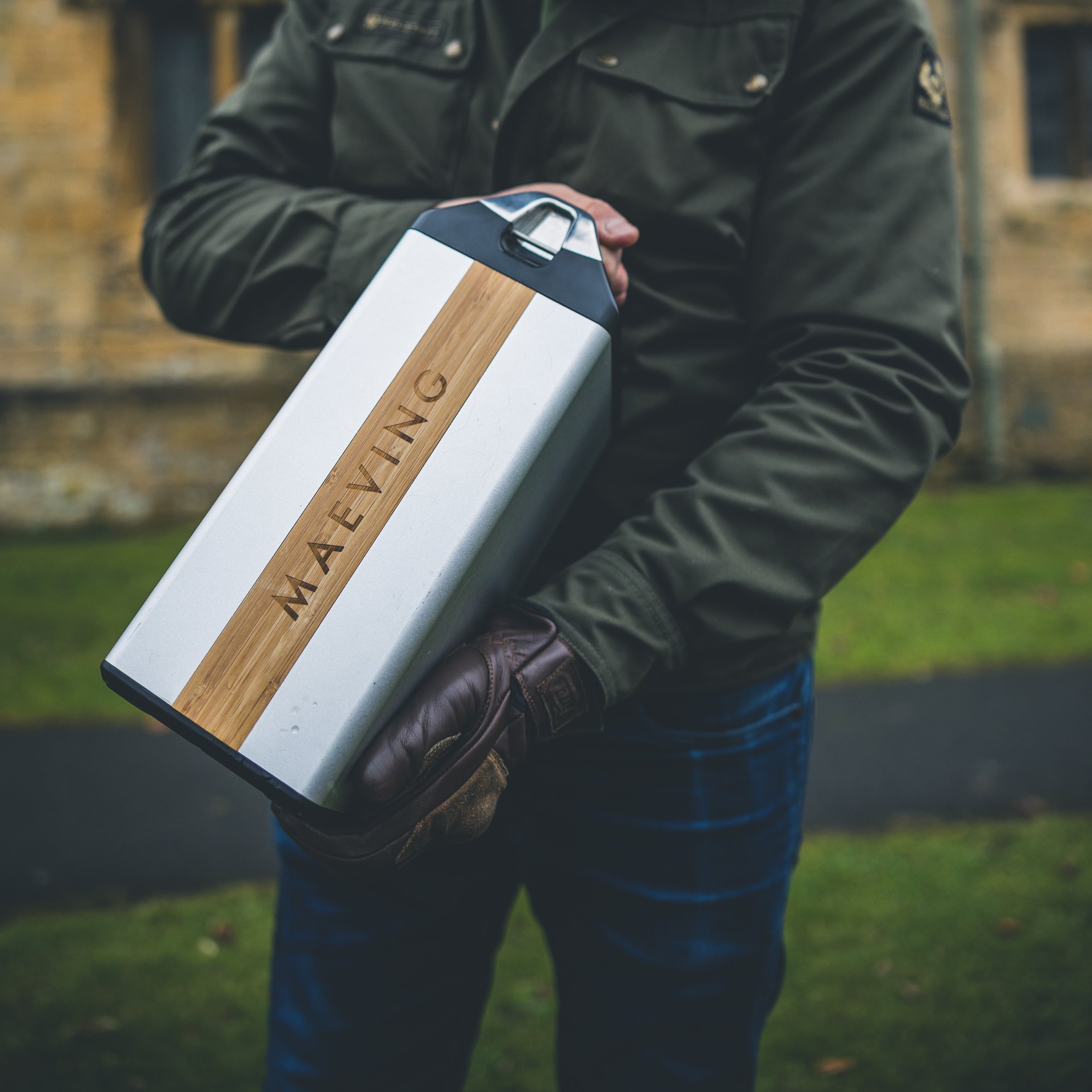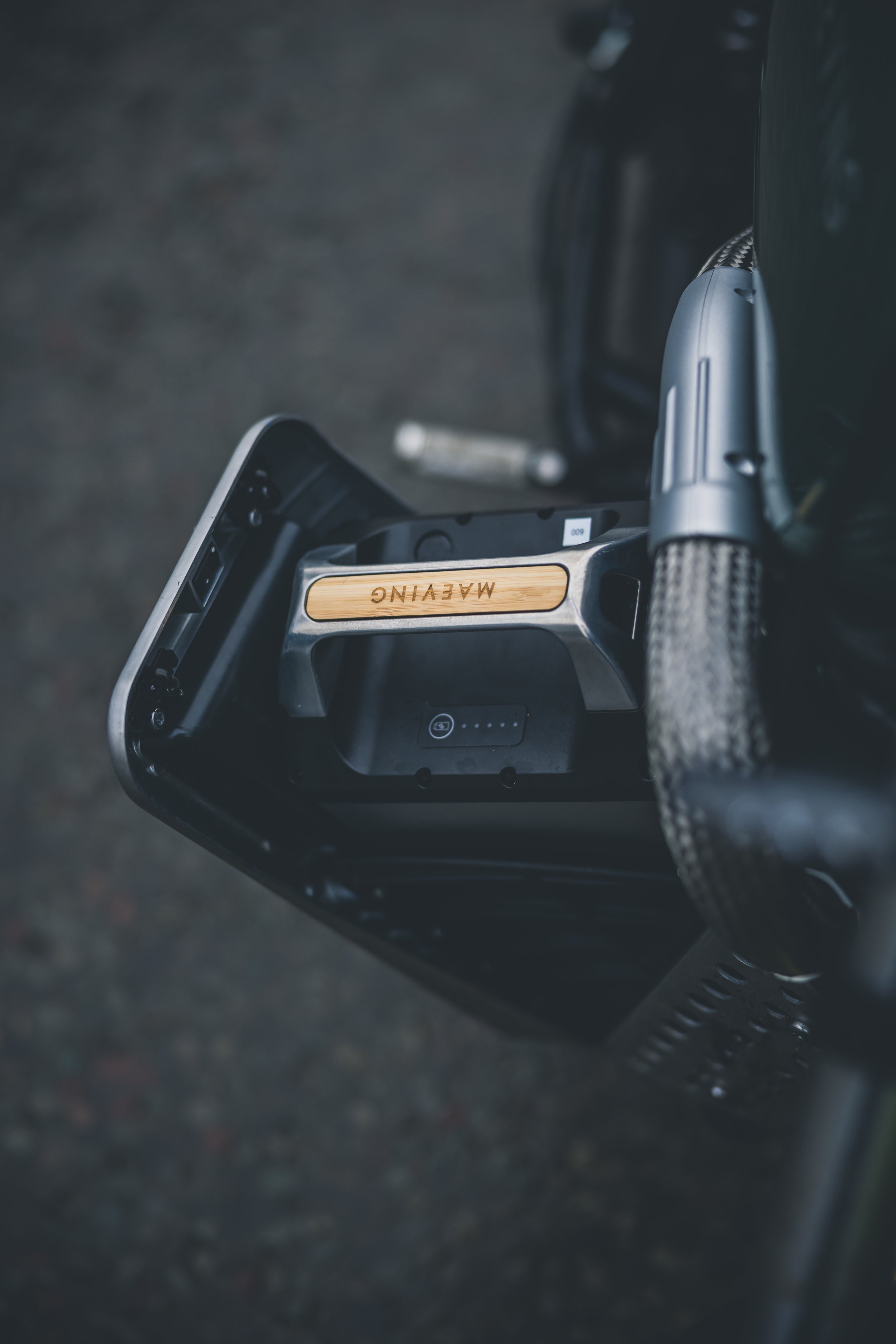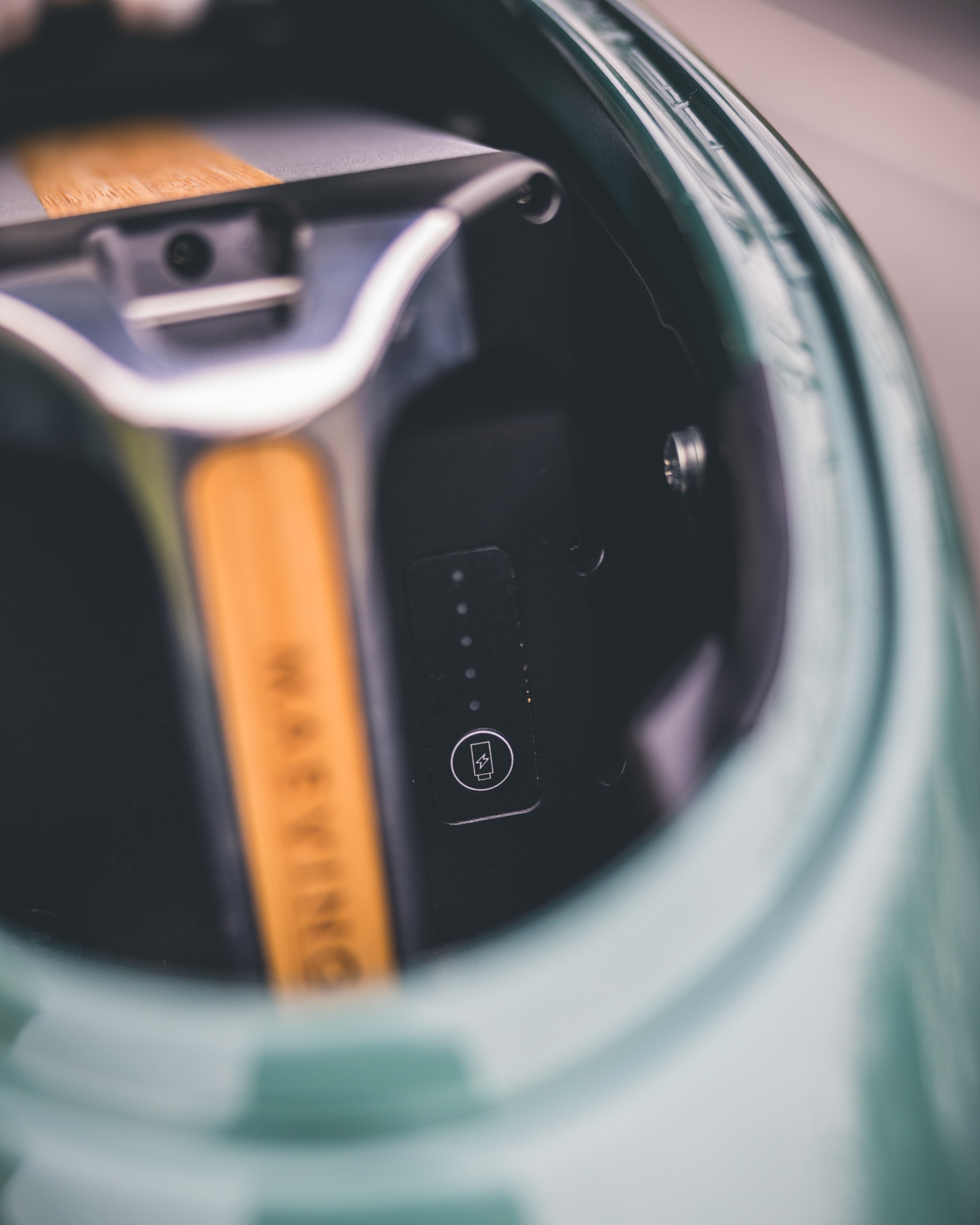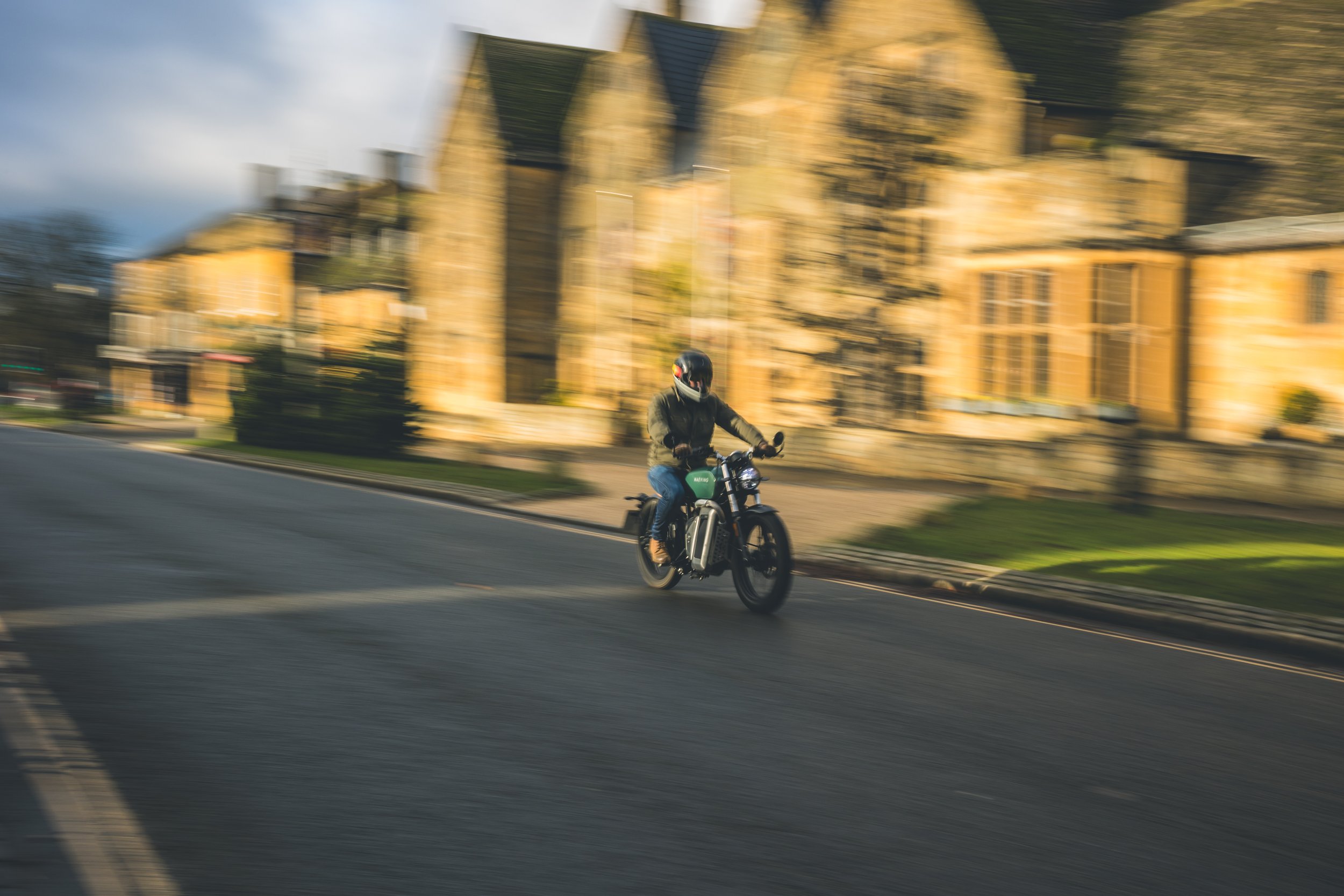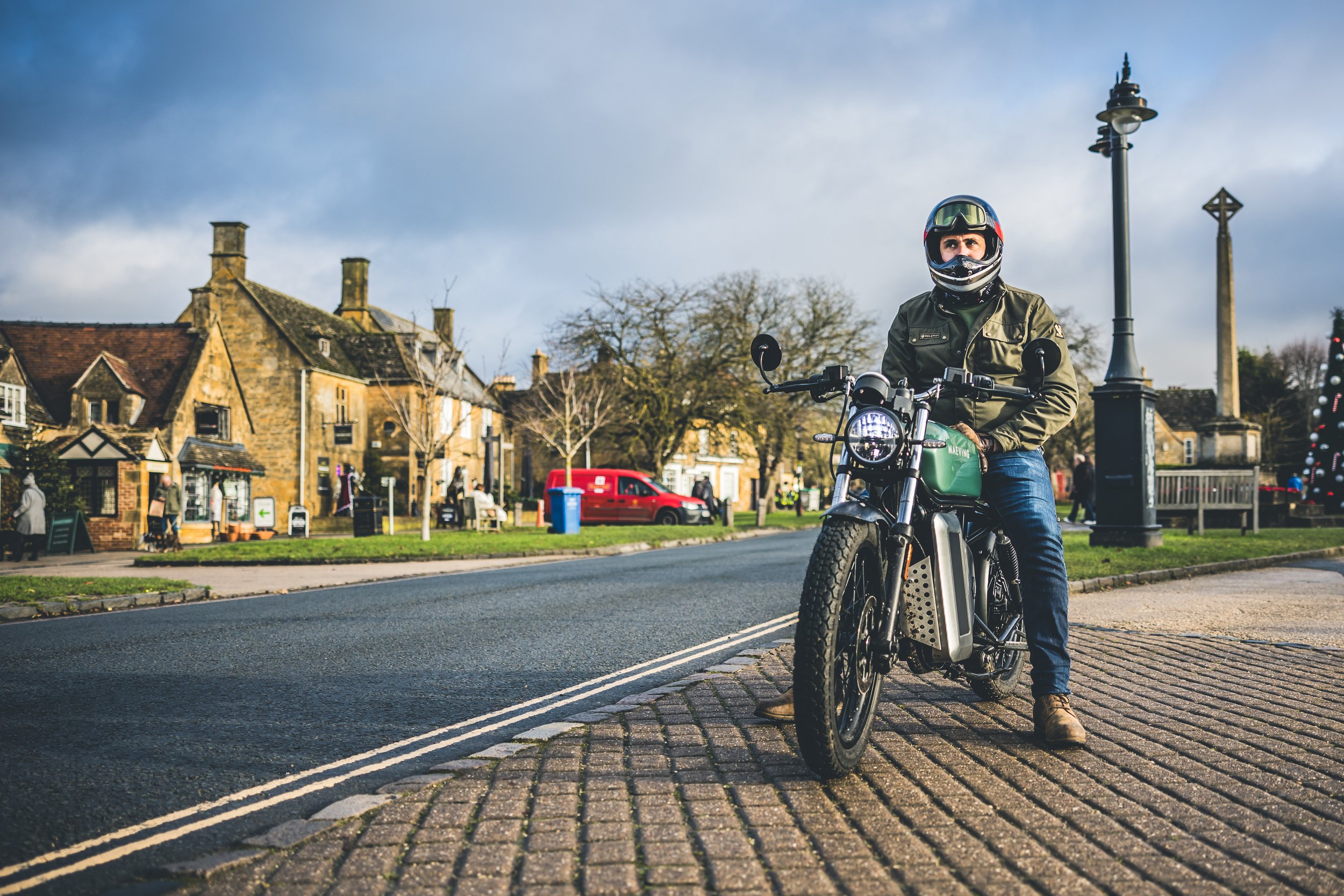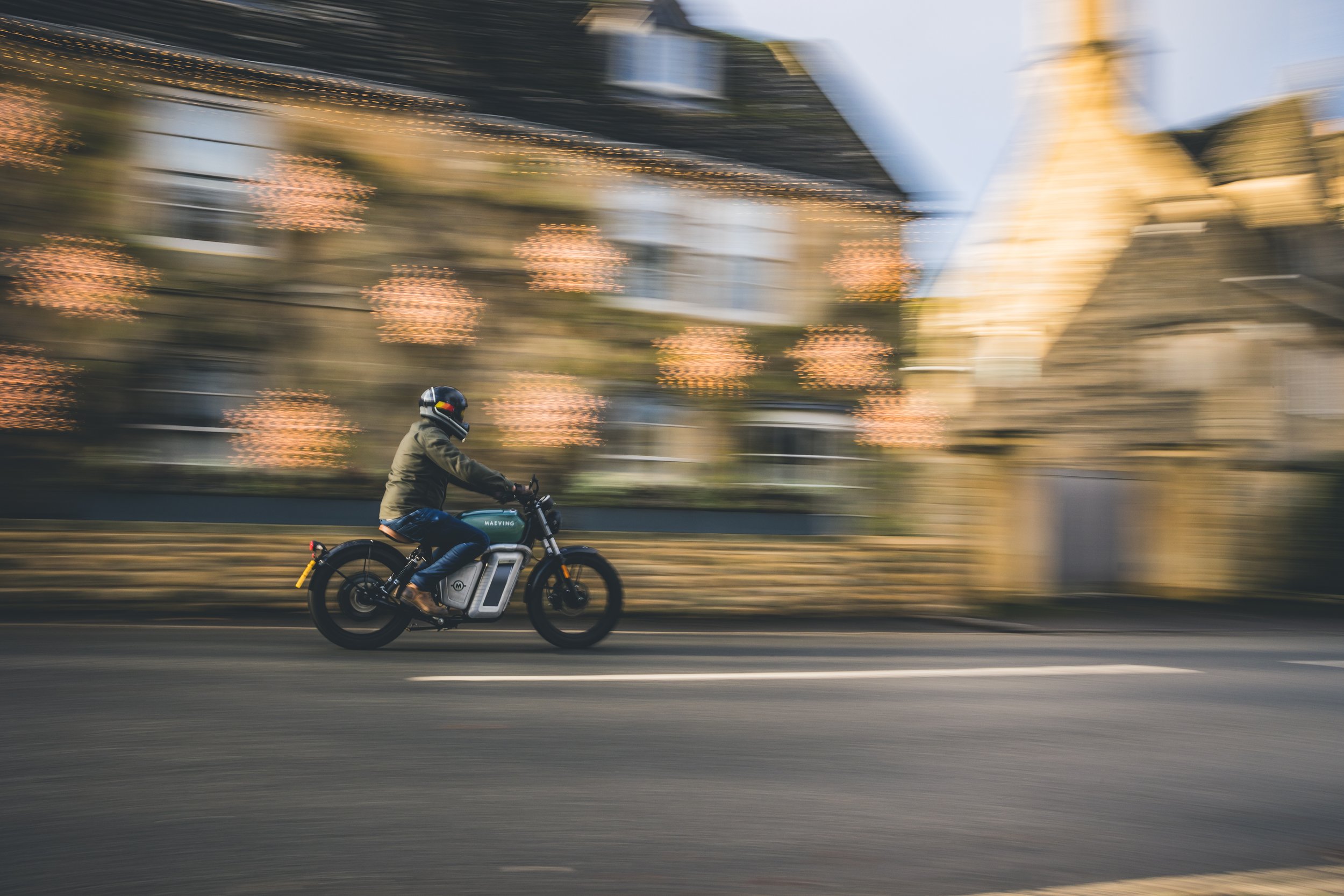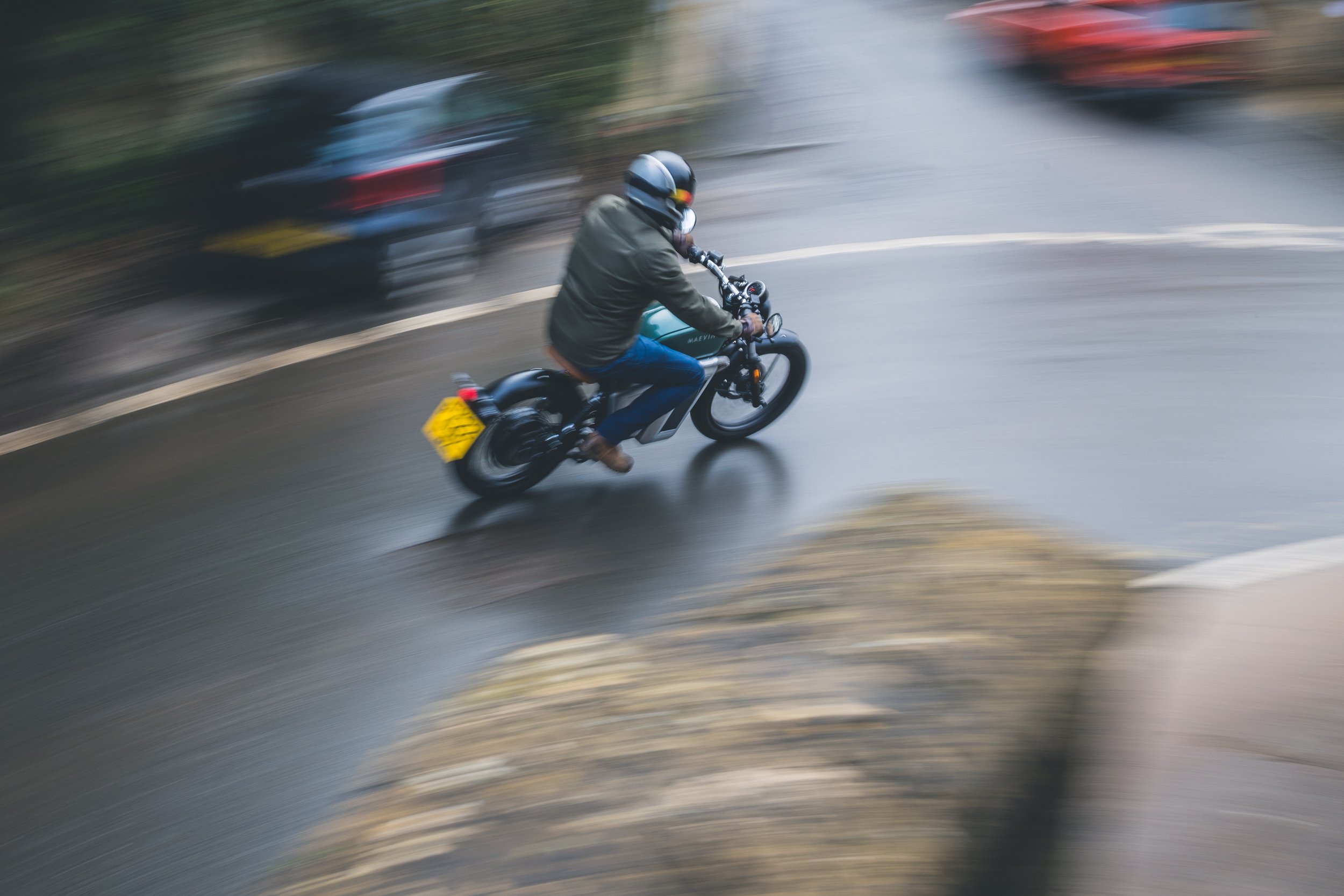Maeving RM1 - It turns heads
When booking a vehicle to test and review, I'd like to think that I'm pretty clued up on what's likely to trigger a longer-than-average stare, an emotive reaction (be that positive or negative), or an inquisitive short conversation in the local supermarket car park. But I'm occasionally caught off guard when something I assume to be less of a distraction or talking point becomes something of a local attraction wherever it's parked. The quirky little Maeving RM1 I'm road-testing has proven to do precisely that.
The record to date for the most head-turning vehicle I've road tested goes to the £ 1.3 million Danish hypercar, the Zenvo TSR-S. Thanks to its boisterous looks, screaming exhaust and the 2 metre-wide active aero rear wing, the Zenvo didn't simply gain attention - it demanded it, whether you liked it or not.
The Zenvo undoubtedly turned heads, but compared to the Maeving RM1, which happens to cost £1.29 million less than the hypercar, it doesn't even come close. I can honestly say that I have never driven any car or ridden any other motorcycle that has caused such a strong reaction from other drivers and pedestrians alike.
The Maeving brand was founded by two friends in 2018. It's a nice story as the two friends, Seb and Will, decided early into their friendship whilst studying at Durham University that they would inevitably run a business together someday. However, the details of what that business would be were not agreed upon for a further few years. One thing was certain: regardless of the nature of the business, a nod towards the environment and climate change would be a primary factor.
Fast forward a few years through some periods of adventure and global exploration, and the pair were ready to launch their business together - a brand new electric motorcycle brand. The launch of Maeving in 2018 was more than just a new brand; it was also the launch of a new motor manufacturer producing the UK's first-ever electric motorcycle. The timing of the launch of Maeving's first bike, admittedly, could have been better; it came at a time when the global COVID-19 pandemic was just taking hold, meaning the bike's launch would be delayed until April 2022 amidst a rather significant new war and an international cost of living crisis which threatened to become a global recession at any given minute. Given the timing, the bike's launch came with some apprehension from the founders: a new brand, producing a new bike and, let's remember - an EV in a domain where petrol power is king.
Fortunately, thanks to the bike's unique styling and a growing appetite from the public to discover what's new, the unveiling occurred, and the RM1 proved to be an instant hit. A year after its launch, the Maeving RM1 was the best-selling electric motorcycle in the UK, and orders for the new bike were flying in from customers around the globe.
The RM1 is designed and engineered to be a city commuter. It's a bike that bridges the gap between twist-and-go petrol scooters and mopeds and larger motorcycles that would require an advanced driver's licence qualification. At 4.4kW, the RM1 can be ridden with a compulsory basic training (CBT) motorcycle licence. It's also a bike, as established from the reactions of others, that looks utterly fantastic. The RM1 is limited to 45mph, a speed unlikely to be reached by the majority of its intended riders, given that many of the UK city streets are now restricted to 20mph limits.
Given that my years as a Londoner are behind me, I'm limited to a test ride location within a radius of local towns and villages in Warwickshire and the Cotswolds. It's worth mentioning that this is an environment that the RM1 is categorically not designed for; however, with a bit of strategic route planning, I was able to get the most out of the bike and enjoy some scenic 40-50mph roads between some of my favourite local towns. In the tourist hotspot of Broadway, even on a slightly wintery Thursday, I managed to draw in a small crowd of international tourists, all of whom were keen to learn about what I was riding and how they could get one. A van driver at a junction in Stratford-Upon-Avon was confused as to why my pretty bike was so quiet, and whilst shooting some tracking photographs in the small town of Chipping Campden, an exceptionally stylish lady made her way over to inquire about the bike as it was (quote) 'the prettiest bike she'd ever seen'.
There is no denying that the Lady in Chipping Campden makes a good point. Motorcycle design is a topic that can often be divisive. However, I'm yet to find anyone who doesn't think that the Maeving RM1 is anything other than beautiful. The aesthetics go beyond just the styling, too. The seating and riding position, on the whole, is excellent, making it comfortable to ride and easy to take in everything that's going on around you.
The switchgear and clocks are smart, intuitive and easy to operate. At just 111 kg (with a single battery fitted) or 124 kg (dual battery), the RM1 is very light, meaning manoeuvrability and low-speed cornering are effortless. The motor propelling the RM1 is a Bosch unit providing a continuous 3kW output and 4.4kW at peak. This equates to around 6bhp and 160Nm of torque.
Three riding modes limit the top speed and preserve range accordingly, ideal for anyone in a busy city where the risk of accidentally breaking speed limits is a genuine concern. Acceleration is gradual and equal in all rider modes, with 0-30mph feeling comparable to a 125cc petrol scooter or motorbike. Stopping the RM1 is a single disc on the front and rear wheels. The right lever on the handlebars engages the front brake independently, and the left lever engages both the front and back with a 40% front / 60% rear balance when engaged. Given the power output, ABS is not a requirement and, therefore, not fitted to the RM1; however, thanks to the weight, power and Dunlop K70 tyres, at no point on my tests have I felt a need for additional ABS support.
What makes the RM1 unique and what sets it apart from almost every other EV is that the batteries required to power the bike are removable and are charged on a dedicated charging pad, which is included with the sale of the bike and plugs into a wall socket. The RM1 is sold with one battery pack as standard, or a second battery can be added to the bike for an additional cost at the point of sale or later. The housing locations for the batteries are intuitive and complement the bike's styling. The primary battery location is low down in place of where an engine would traditionally be. The second is inside what is traditionally recognised as the fuel tank. A single battery will reward a maximum range of 40 miles, doubling to 80 when two are fitted.
One battery is likely more than most will ever require for a city commute within a week. With a single battery, the empty 2nd upper battery compartment becomes a secure storage box with a USB-C socket ideal for stowing away gloves, a phone and even a small bag.
Charging times are ample, with 0-80% achieved in under 3 hours or 0-100% in just over 4 hours. Being a standard wall plug set-up, the team at Maeving have calculated that a full charge will likely cost around 73p per battery. For the RM1, charging the batteries by removing them and utilising the dedicated charge pad is the only way of adding range; however, given the indeed design purchase, it's unlikely to cause anyone an issue. For anyone wishing to embark on an 80+ mile adventure on a bike that tops out at 45 mph, the charging pad can be stowed into a backpack if required.
The price for the RM1 starts at £4,995, and with financing options at less than £100 per month, it's likely to be an affordable addition to many households. While cheaper alternatives from Asian manufacturers offer a similar package (and often at a lesser price), none come close to what I've seen in terms of build quality or style to the Maeving.
The RM1 is a great-looking bike that perfectly does the job it's designed for. Each and every time I've embarked on a ride on the RM1, I've been met with smiles, waves, and more questions than ever before whilst road-testing any vehicle - even £ 1.3 million worth of Danish hypercar.
The most exciting chapter for Maeving is arguably what comes next. Whilst the RM1 offers a fantastic package for its intended market, the arrival of the RM1S in March 2024 is likely to be an equally big hit thanks to a higher top speed and onboard charging ability, in addition to the battery removal and docking process. The RM1 will continue to be available beyond the arrival of the S model as a perfect alternative to public transport commutes. However, buyers, be warned, you're in for many inquisitive conversations from inquisitive passers-by.
words: John Marcar
pictures: Henry Faulkner-Smith

